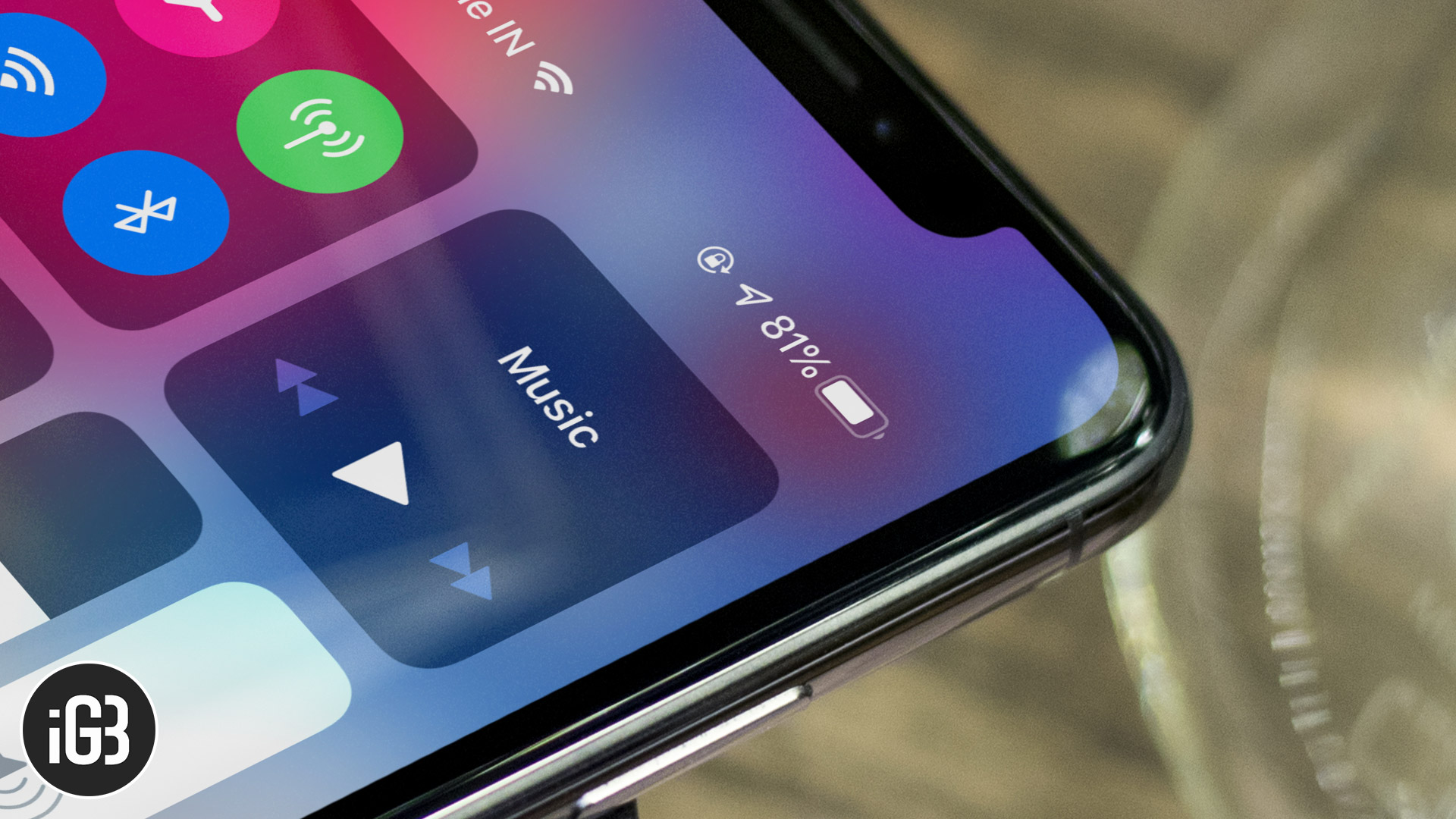My favorite morning routine is to relax in the quiet with a mug of coffee and a non-fiction book. Two cups of coffee and two chapters later, I’m ready to take on the world. Today I poured my coffee, sat down in the family room chair and texted my friend, Erin.
“I’m at about 20% this morning,” the text read.
I went on to tell her how I can’t get a friend out of my mind. Her grandmother died this week and they can’t even have a funeral for her. The matriarch of our family died in 2019, and I can’t imagine not being able to mourn and celebrate her with family and friends. I just can’t stop thinking about it.
Erin simply responded with “It’s so awful. It’s all so unimaginable.”
I was impressed yesterday in our student media Zoom staff meeting when Erin asked each member of the team to give us their percentage, then talk about one good thing that happened to them that day.
I woke up at about a 40% yesterday, but ended up at about 60% by mid-afternoon. This is unusual for someone who typically operates at more than 90% in her professional life.
I quickly noticed yesterday that our students were operating at much lower percentages than usual, as well.
Advisers, the kids are not alright.

Erin got this check-in idea from Brene Brown. God love Brene, am I right?
Once Erin commiserated with me this morning, she sent me Brene’s podcast where the percentage idea originated. The idea is that others in your life, if they know at what percentage you’re operating and what percentage they’re operating at, can step in and help you fill the gap or at least be sensitive to it. It’s all about understanding and looking out for each other.
The podcast made me really stop and think about the trauma of COVID-19.
When we are exposed to a traumatic event, a death or near death experience, we have an immediate response. The fight or flight response helps us survive the crisis situation. Then, after the crisis passes, we adjust over time to a new normal, sometimes even though we thought adjustment would be impossible. This is the power of human resiliency.
COVID-19 is different than any other type of traumatic event we’ve experienced because of its longevity. We were exposed to the traumatic happening. We had an immediate response, assessing what we must do to attempt to keep ourselves and our families safe. In most other crises, we would be on the downhill side. But that’s not the case with COVID-19. We’re ready to adjust, be resilient and return to normal, but the pandemic is still ramping up. Outside of that is the uncertainty of what “normal” will look like when this ends.
One thing is for certain. The emotional trauma that will result from COVID-19 will be on a greater scale than the physical. We are anxious. We are depressed. We are lonely. We are scared. And we have every reason to be. Every one of those feelings is justified.
Here’s the difference between myself and my students who I noted yesterday were operating at percentages rarely equal to but often lower than mine. I am an adult. I have a fully-formed brain that is capable of at least attempting to process all that is happening, focus on the now and hope for the future. My students do not. They don’t have the emotional capacity or mental maturity to process this.
The kids are not alright.
A lot of my adviser friends have asked recently how to motivate students during this time. Motivation also is important, and I certainly will get to that in a future post. But, before we go there, it’s more important for us to recognize the unique challenges that our young, typically overachieving students have right now. They are struggling. They have been displaced from their schools. They’re trying to learn in a way they didn’t sign up for, and they’re trying to serve their campus communities with information, much of which they receive from people who also are struggling with uncertainty.
These are not normal times, so we can’t act like it’s business as usual.
Check in on your students. Show them some humanity. Model Erin or Brene or whomever and ask them their percentage. Tell them yours. Commiserate. Support. Care.
Then don’t forget to ask them the positive thing that’s happened in their day too. Even if every story is about dogs, that’s ok. Because just the asking helps us focus on the positive and, more importantly, know that someone cares.
We can’t assume our students are getting this caring and security from somewhere else right now. Everyone is struggling. This is why we do this job. Show them you care.



